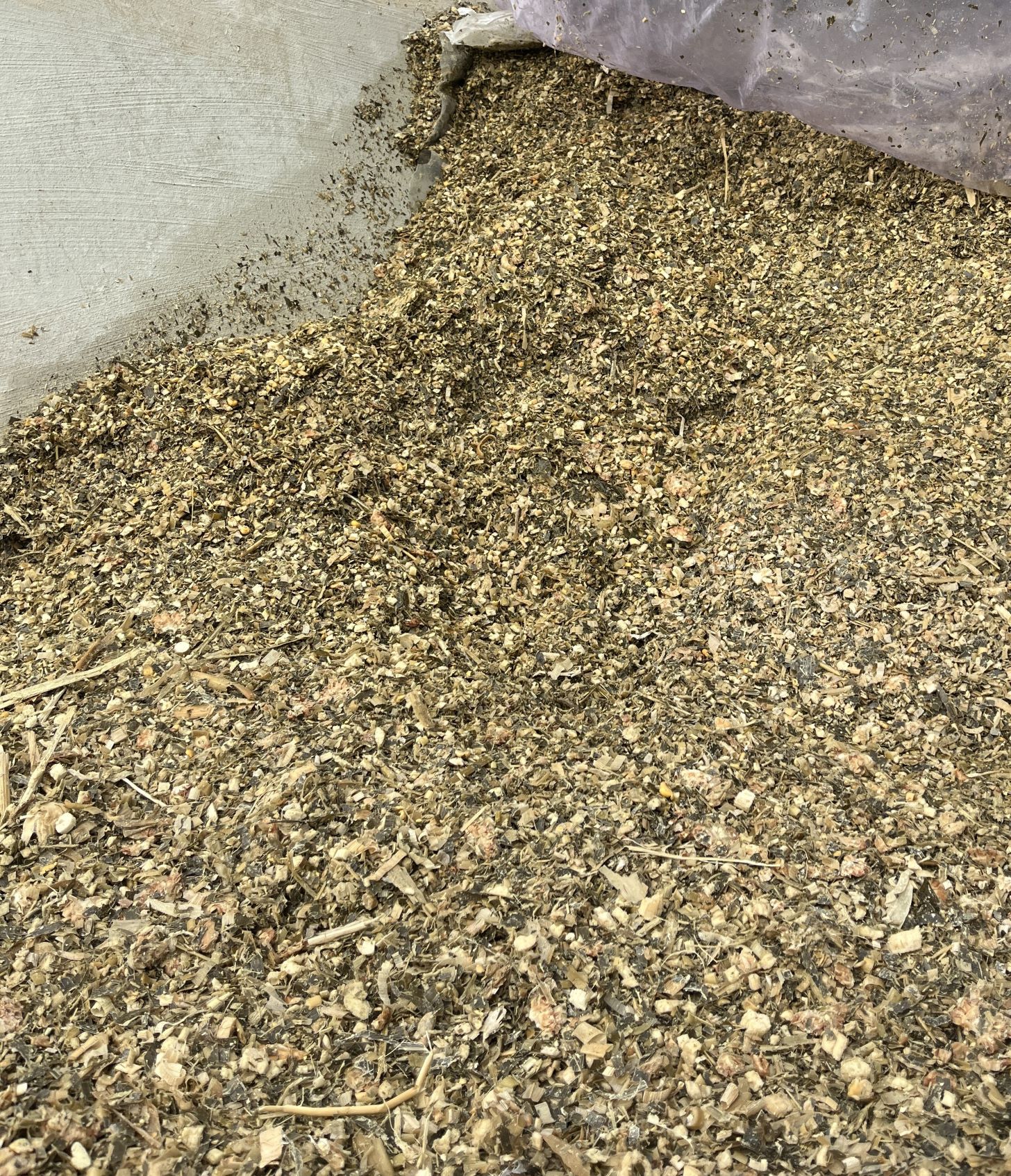The by-products used for this were sugar beet pulp (SBP) or wheat gluten feed (WGF) , without or with the use of various ensiling agents, i.e. either with anaerobic fungal isolate from ruminant rumen (AF) , rumen juice or lactic acid bacteria . The aim was to investigate the effects on the chemical composition, fermentation properties, gas formation rate (GP) as an indicator of digestibility and aerobic stability of the silage.
Overall, sufficient preservation found in all silages. Ensiling with wheat gluten feed primarily increased the crude protein content with a low ammonia-N content, while mixed ensiling with sugar beet pulp increased the energy content of the silages, as the results of in-vitro gas production show. The use of fresh anaerobic fungal isolate further improved the preservation success and increased the energy content of pure corn silage. The use of fresh rumen juice showed positive effects on silage quality, such as lower ammonia-N concentrations in all silages, while heat-inactivated blended rumen juice reduced silage pH. The use of lactic acid bacteria supported the preservation of the corn silage, but had no influence on the chemical composition or on in-vitro gas formation.
In summary, mixed ensiling with by-products is a good option to upgrade drought-damaged corn. Mixed ensiling of corn silages with by-products represents a promising adaptation strategy to summer droughts, especially in combination with anaerobic fungal isolates. These promising results from the laboratory test need to be tested on a practical scale in further experiments. With regard to the anaerobic fungal isolate and the rumen juice, it also needs to be clarified whether their use is possible from a legal perspective and on a practical scale.
Further details about this experiment can be found in the freely available journal article: Science Direct - Mixed ensiling with by-products and silage additives significantly valorizes drought-impaired whole-crop corn






